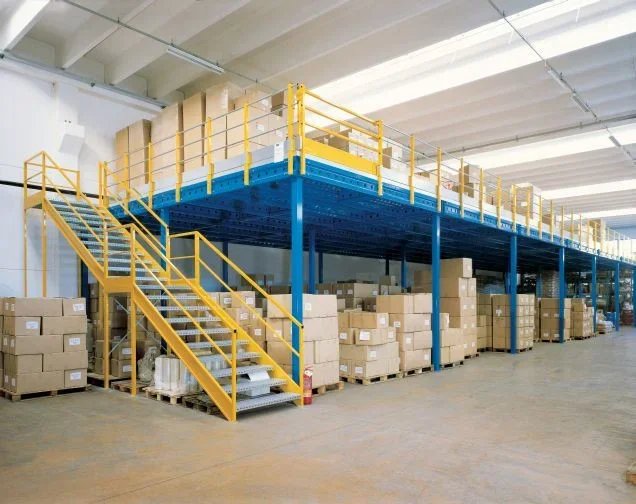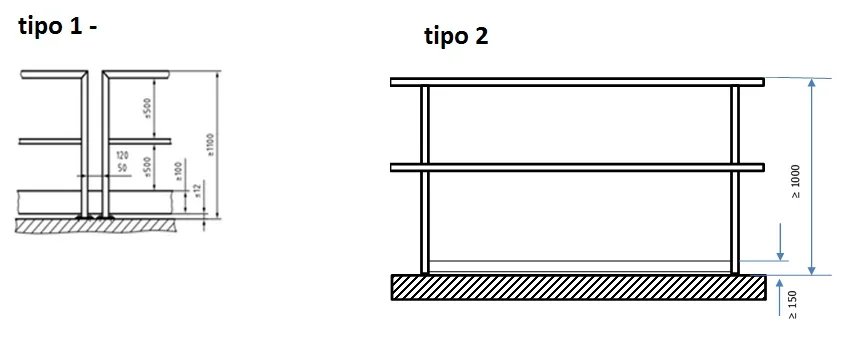gil
Guest
to build parapets in workplaces, and therefore leaving those laid in other cases (inhabitations, malls stadiums etc.) I think it is reasonable to apply Legislative Decree 17/2010 also called Machine Directive which then refers to uni en114122. that in conclusions establish that the parapet should be 110 cm tall.
However, there is also the d.lgs 81/2008 (security on the workplace) which indicates as height for the parapets 100 cm.
to me they seem two contradictory directions. I am told that if the parapet is not protective of the machine and does not lead to it, the less stringent norm applies. However, in a workplace, it seems obvious that the routes lead to some sort of machinery. or what are they doing?
just in case there is a path that only leads to the bathroom, I can understand the exception. But obviously there's something I miss.
I ask to make some explanations about this. when I hang the 110cm high parapet and when the 100cm?
However, there is also the d.lgs 81/2008 (security on the workplace) which indicates as height for the parapets 100 cm.
to me they seem two contradictory directions. I am told that if the parapet is not protective of the machine and does not lead to it, the less stringent norm applies. However, in a workplace, it seems obvious that the routes lead to some sort of machinery. or what are they doing?
just in case there is a path that only leads to the bathroom, I can understand the exception. But obviously there's something I miss.
I ask to make some explanations about this. when I hang the 110cm high parapet and when the 100cm?


